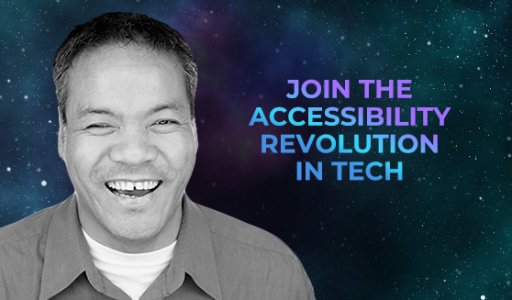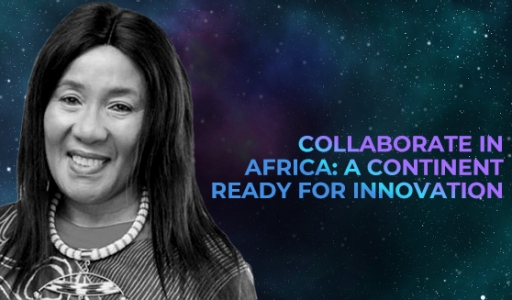
Accessibility isn’t a new concern in tech design. The World Wide Web consortium published its first set of accessibility guidelines in 1999, and the latest updated version was released in 2018. But although many tech companies factor accessibility into their product development, they’re not all getting it right — and part of the problem is that it’s very easy to simply overlook an accessibility problem if it’s something you’ve never experienced, or can’t imagine experiencing, yourself.
In theory, accessible technology is designed to work for everyone, with assistance options to enable access to people with a diverse scope of disabilities or impairments. But in practice, one oversight can switch off accessibility for certain groups, turning tech use into a frustrating (and sometimes impossible) experience.
With more than one billion people around the world living with a long-term disability or impairment, lack of accessibility can also alienate a major segment of the consumer market from your products.
Accessibility in practice
At #LEAP22 Jennison Asuncion (Head of Accessibility at Linkedin) opened with a story. He’d launched his mobile banking app to pay some bills, and discovered a new problem. “Just to give a little context,” Jennison said, “I’m completely blind, so I use software that reads back to me what’s on the screen.” But on this occasion, the banking app didn’t register compatibility with the assistive software, and he was blocked from online banking.
“I could, if I wanted to, ask a friend [for help] maybe; but that would mean I’d have to give up my privacy and hand over my username and password.”
The issue with the app was resolved a week later. But it highlighted a very important problem: that just one oversight in designing or updating a piece of tech can have a big impact on the lives of people with a disability or impairment.
According to a 2020 study by WebAIM, 98% of the world’s top one million websites don’t provide full accessibility. From a business perspective, this means that only 2% of those websites are geared for the disability and impairment market. And a 2016 study found that 71% of website visitors with disabilities will leave a website if it’s not accessible — even though nine out of ten won’t bother to complain to the site. The 2020 Global Economics of Disability report, by a group called Return On Disability, found that the disability market has an estimated global spending power of USD $13 trillion (and that’s up from $8 trillion in 2016, so it’s a growing market too.)
Jennison also described a brief stay at a hotel in 2021. He’d asked a staff member to show him the elevator button for his floor, but all of the elevator controls were on a touchscreen — so the only option for someone with impaired vision to find their floor, or to get from their floor to the hotel exit, was to ask someone for help. “I travel frequently and the ability to get to the front door from my room is kind of important for a number of reasons, not least of which is safety,” Jennison said.
How do you join the accessibility revolution?
Improving accessibility starts with understanding. According to Jennison, “the most important thing is getting to learn about what accessibility is, and more specifically, how those of us with different impairments and disabilities use technology.”
How do you understand disability better? Get out there and learn. You can start online, on a search engine, looking for stories and experiences shared by people with disabilities. And then reach out to researchers, experts, and focus groups — Jennison said he welcomes contact from tech designers and developers looking for resources, so you can look him up on LinkedIn.
Companies also need to “start adding accessibility as a core user requirement, alongside privacy and security.” Accessibility shouldn’t be an afterthought, but a central focus in early design and development stages, that is then revisited during every update to a piece of technology or digital service.
Crucially, Jennison emphasised that improving accessibility isn’t just about doing the right thing. Instead, “You’re making sure that all of us, the more than one billion of us who happen to have a disability or impairment…you’re making sure that we also have this opportunity that everyone else does, to benefit from technology; from the perspective of thriving in society, finding employment, and being creators and co-creators of the technology.”
When technology is usable by everyone, it has the power to drive equality and opportunities that enrich individual lives — and in turn, enrich global society.
So don’t forget to include people different from yourself (and different from your team) in your research, design, and development. Invest in accessibility research. Because like a touchscreen elevator, your tech might look cool — but can everyone use it?




